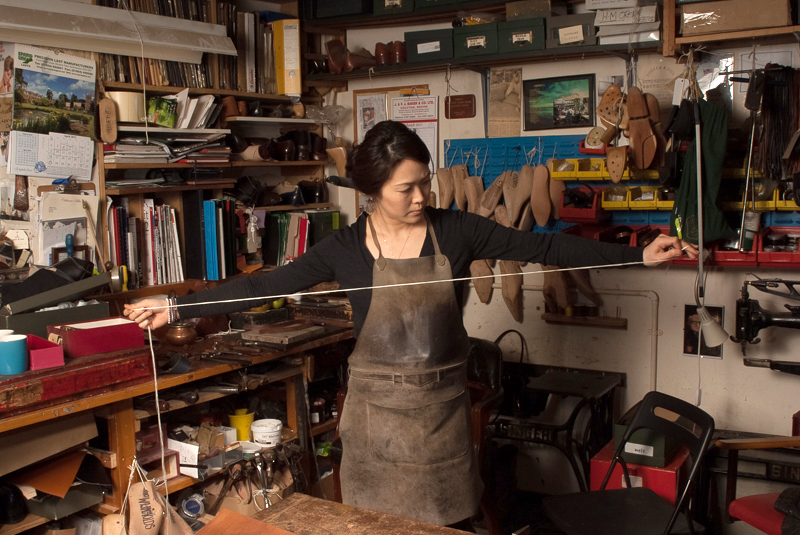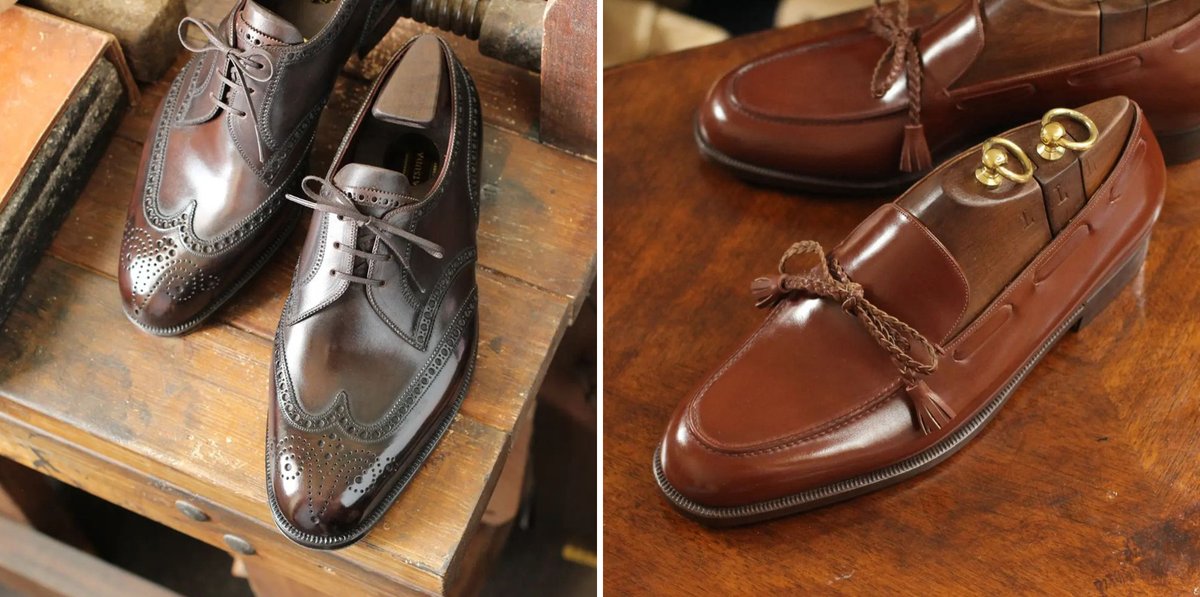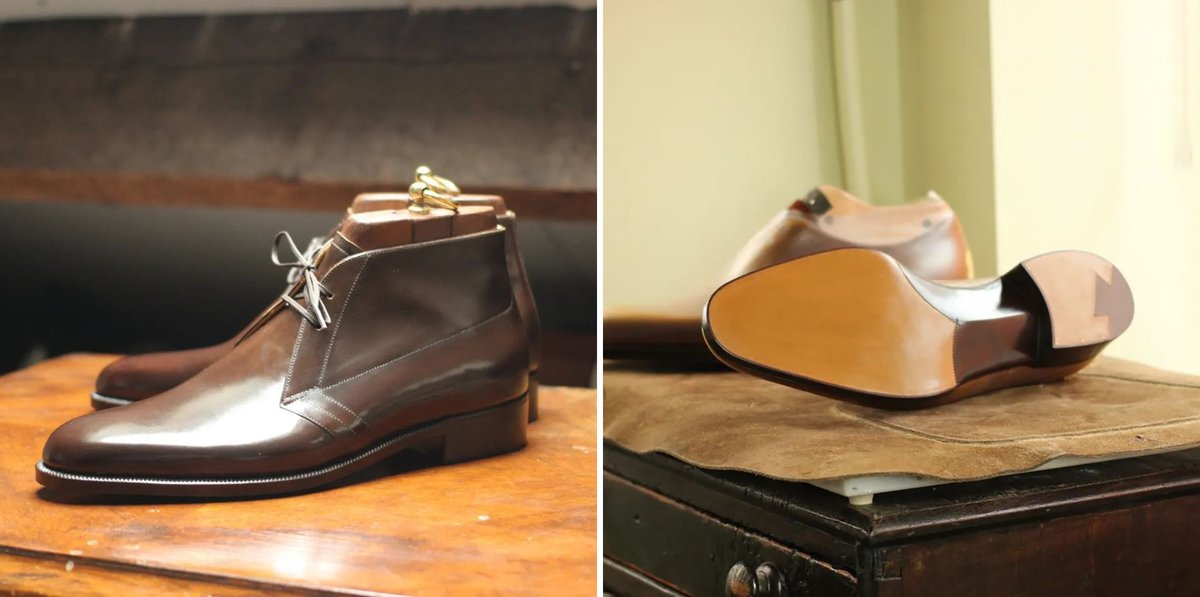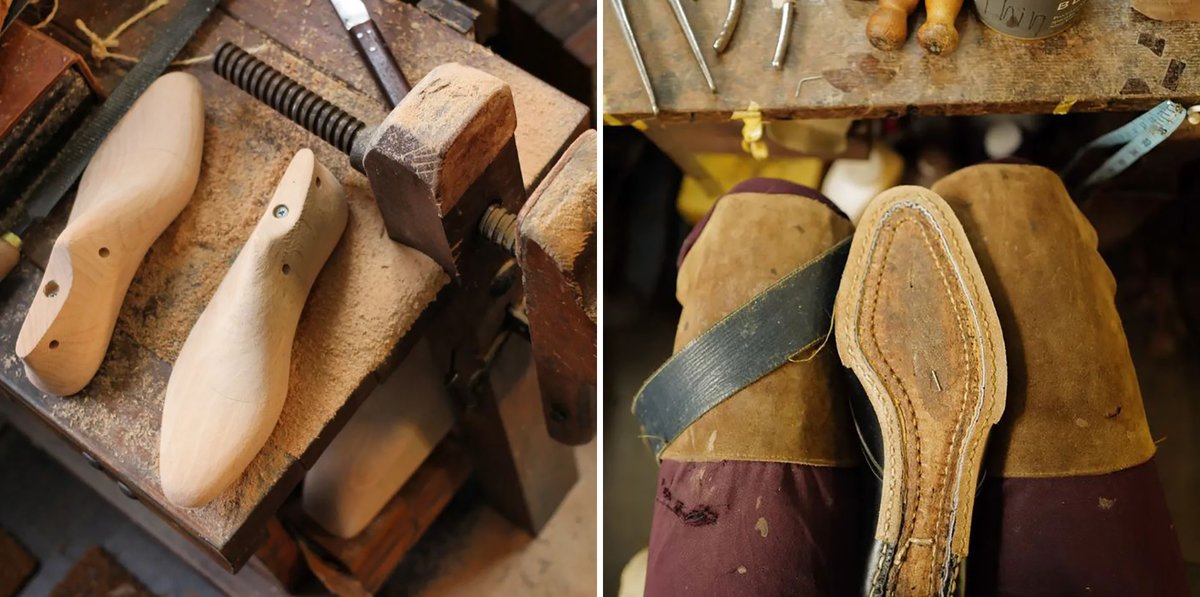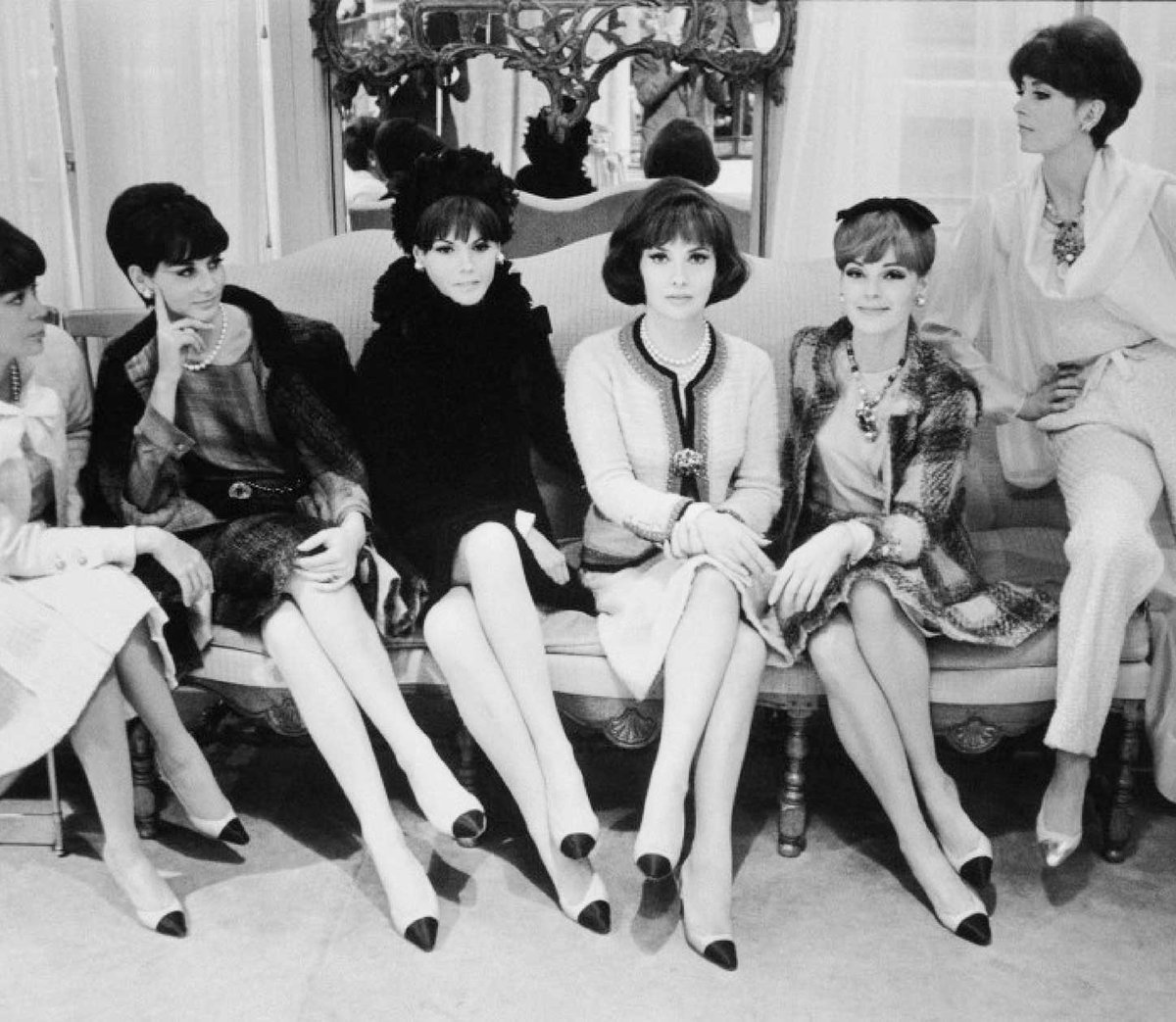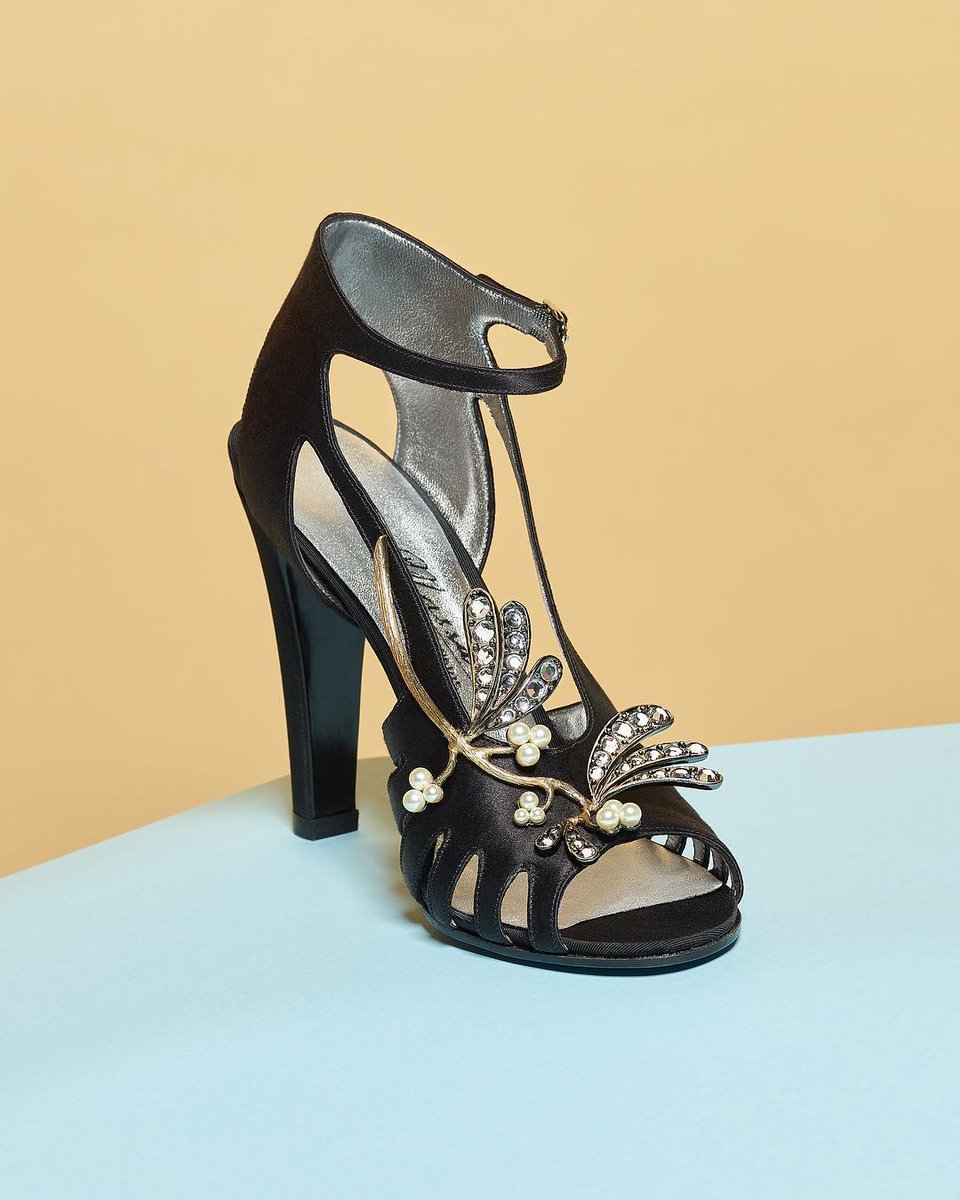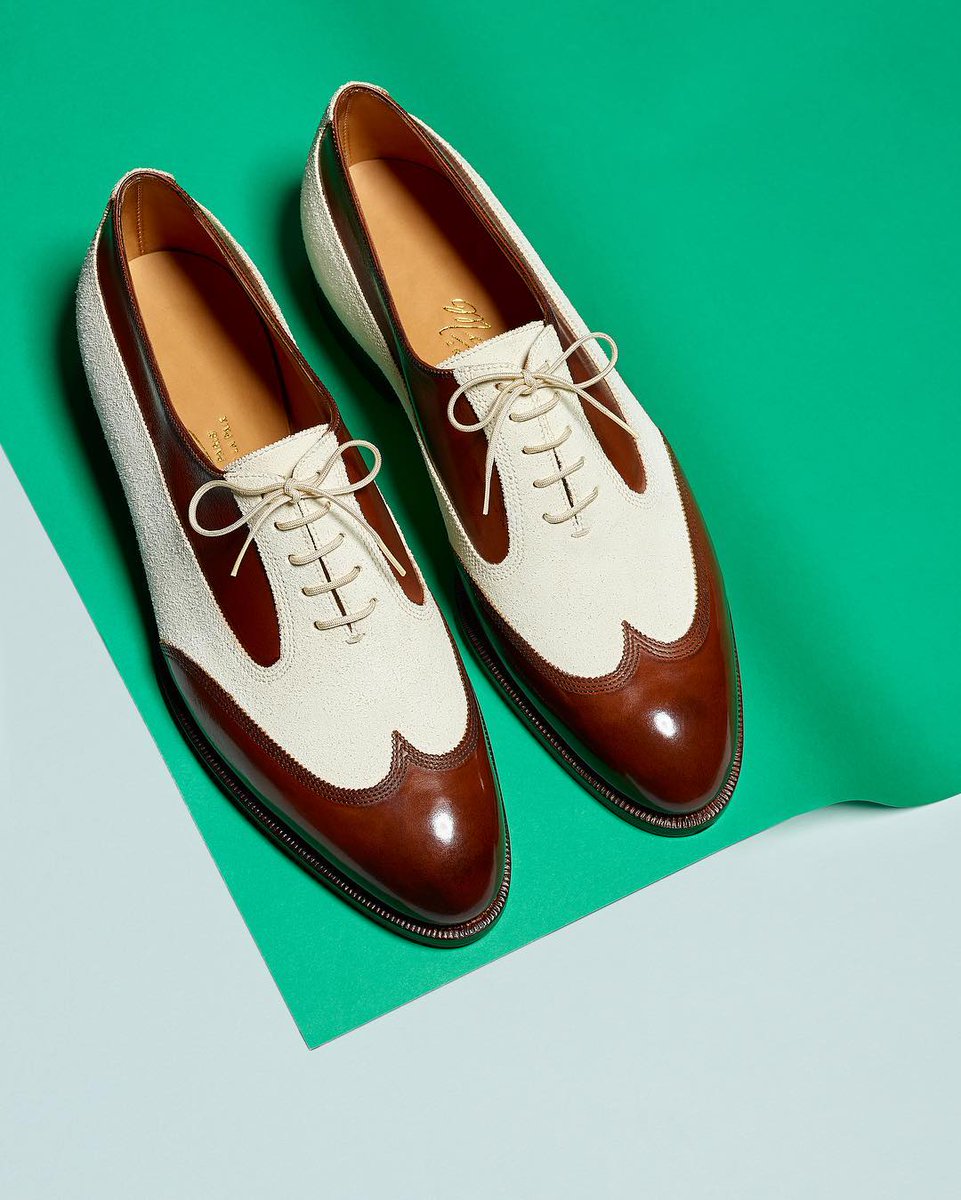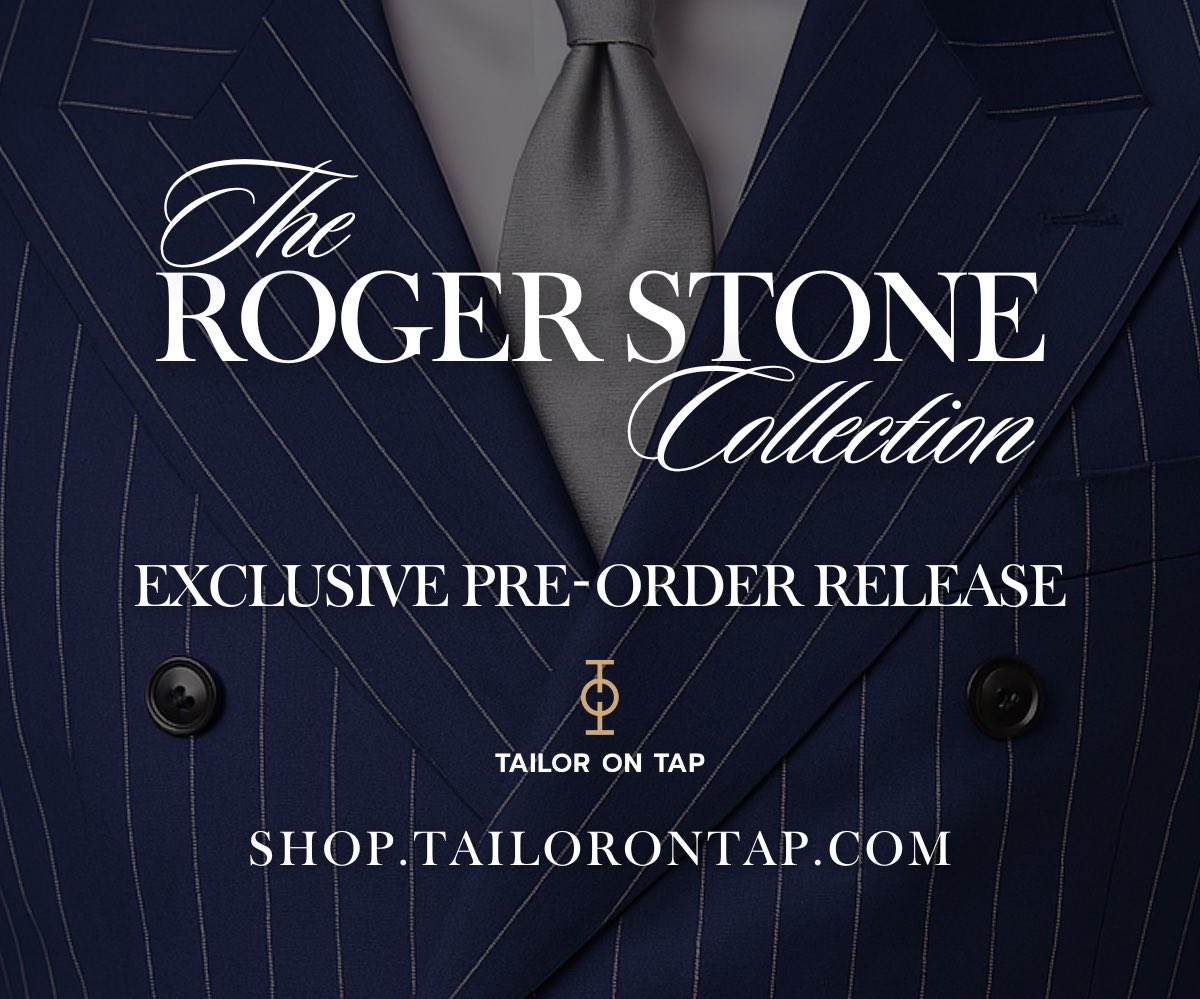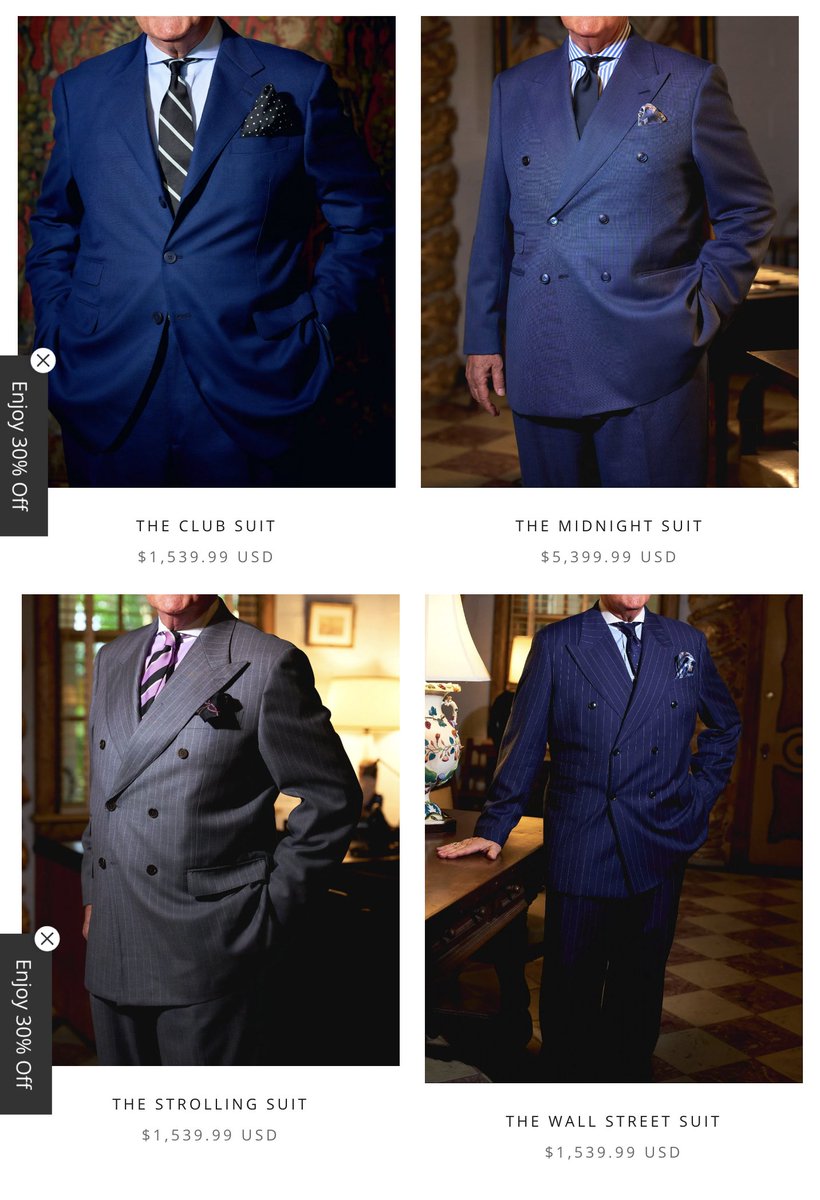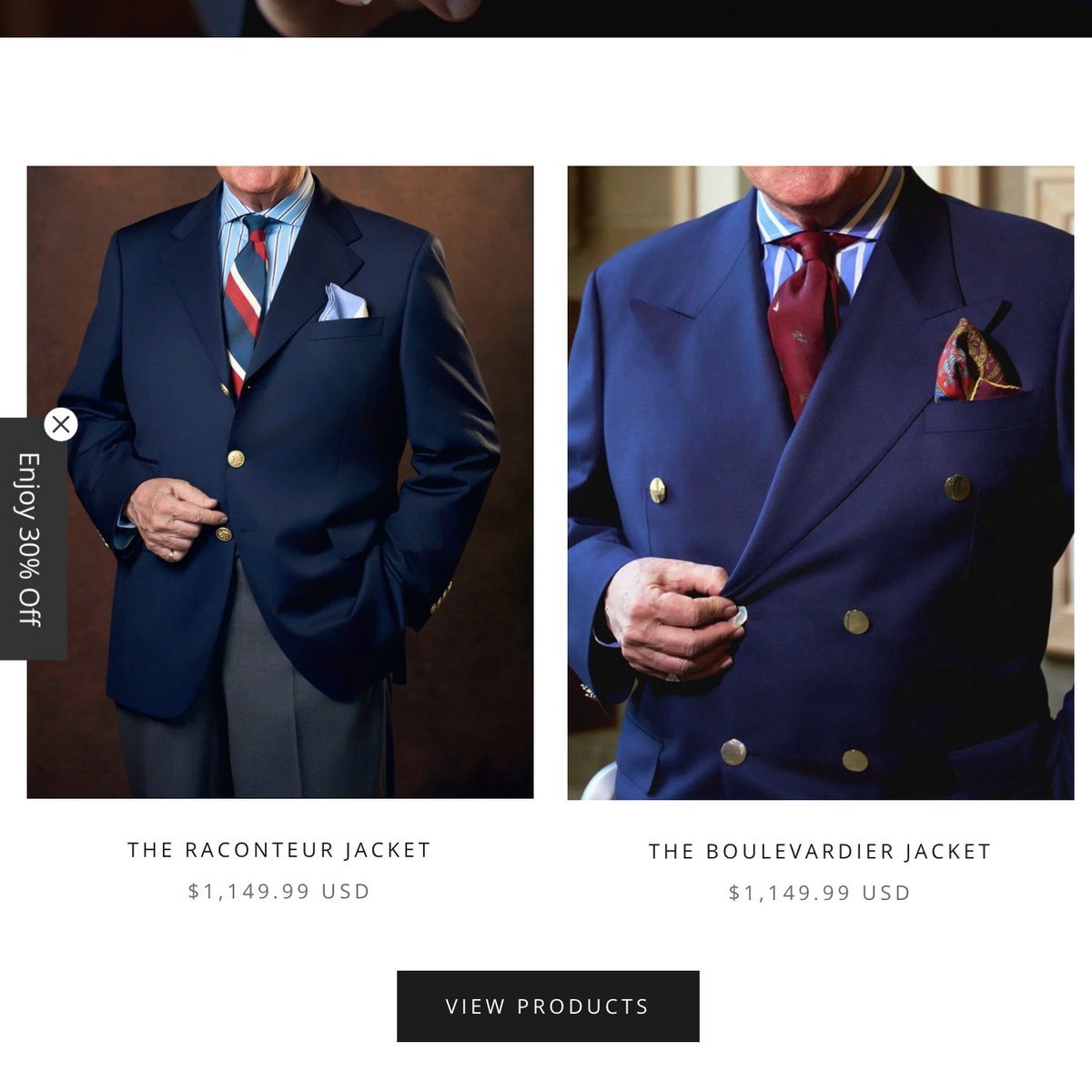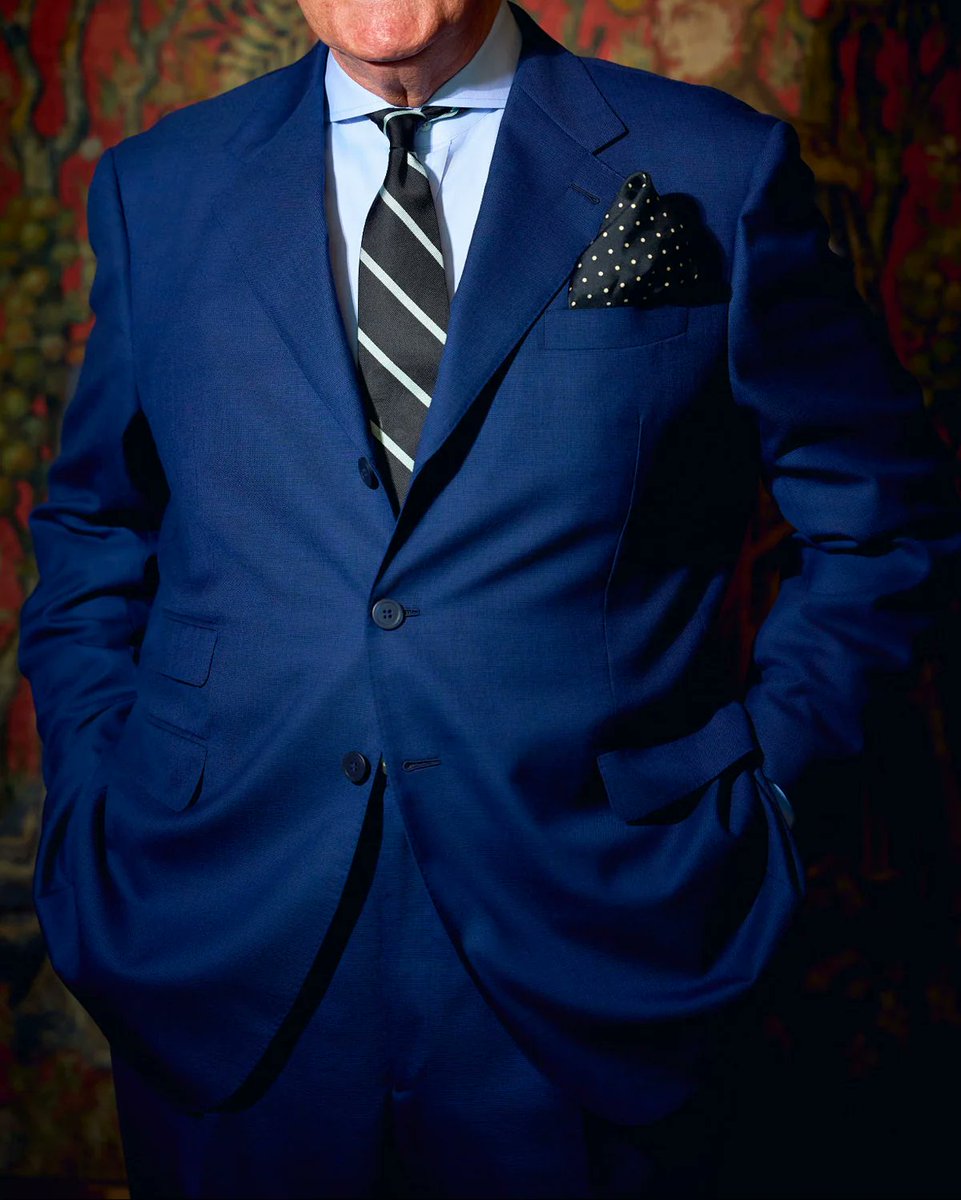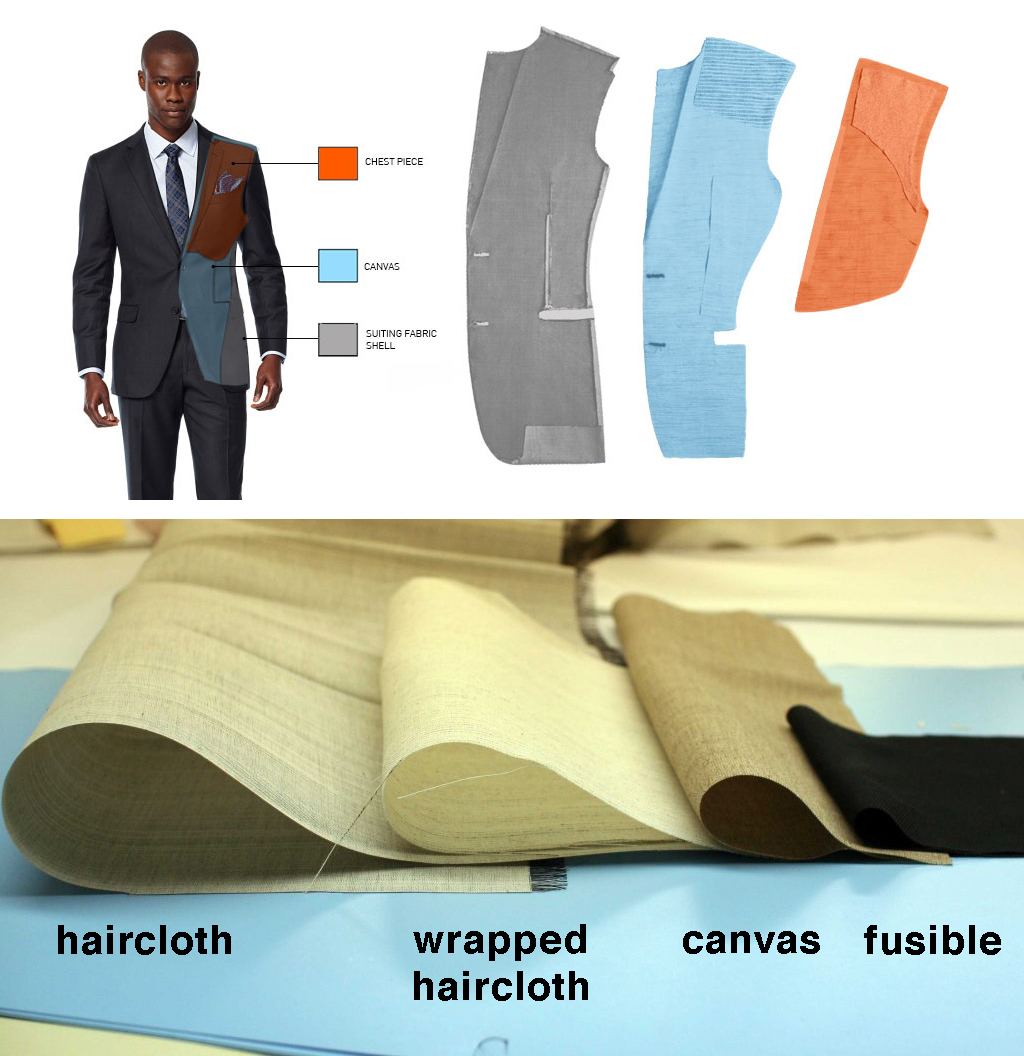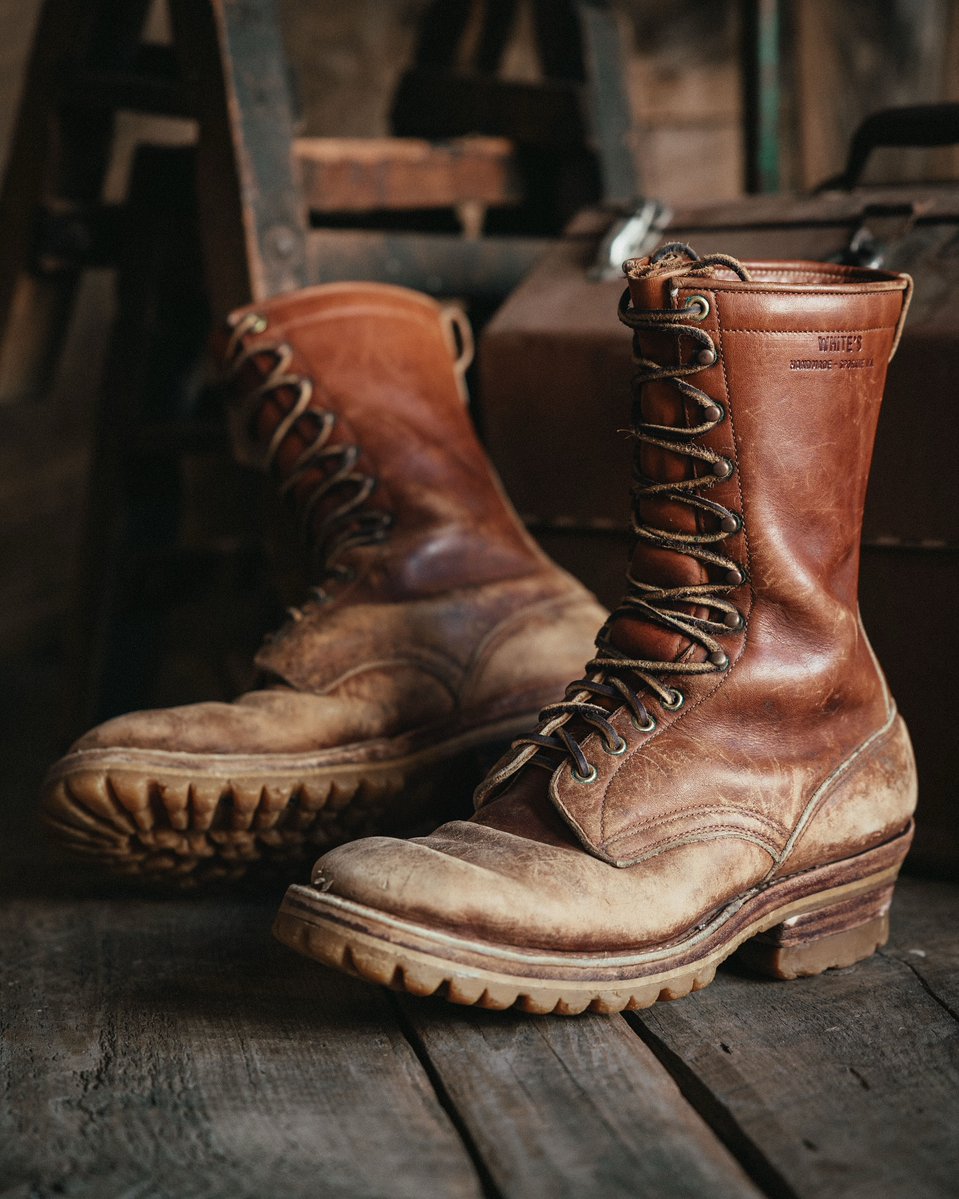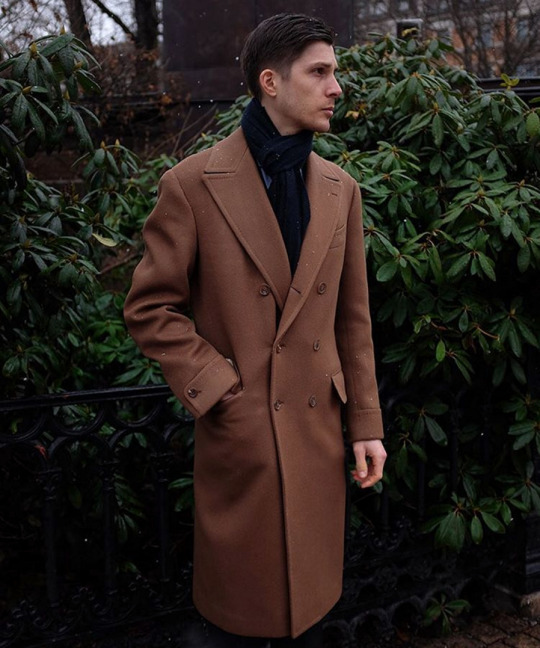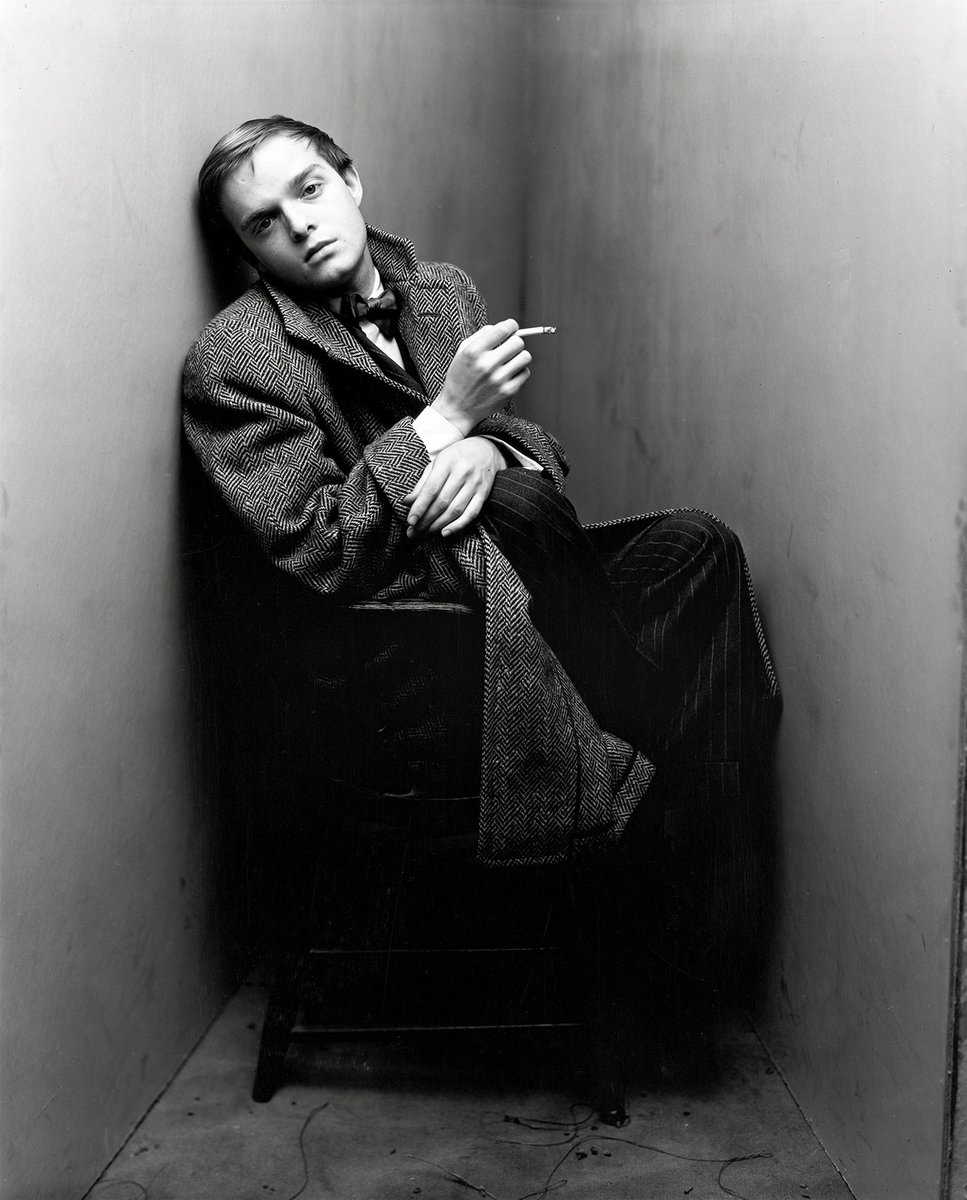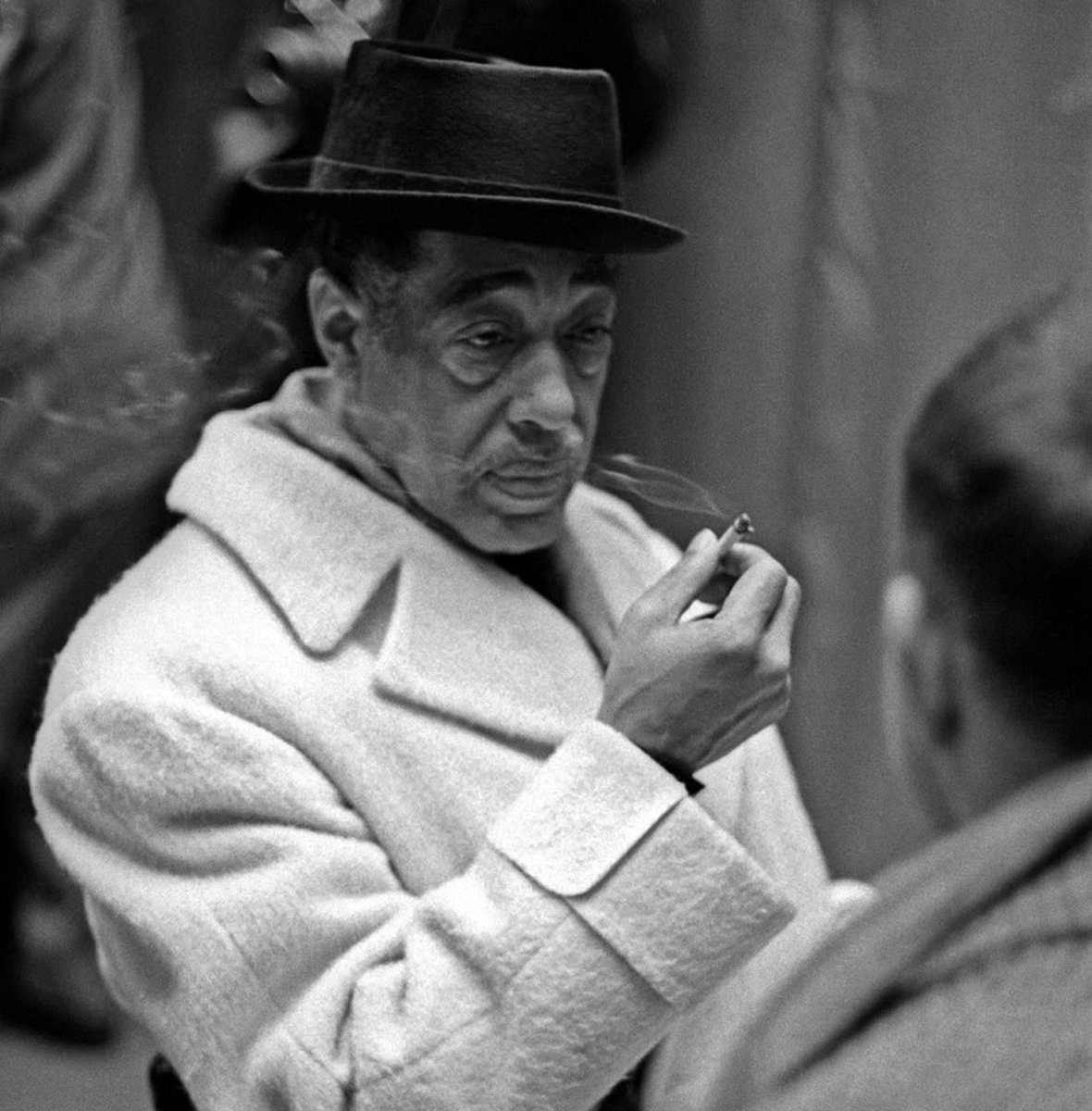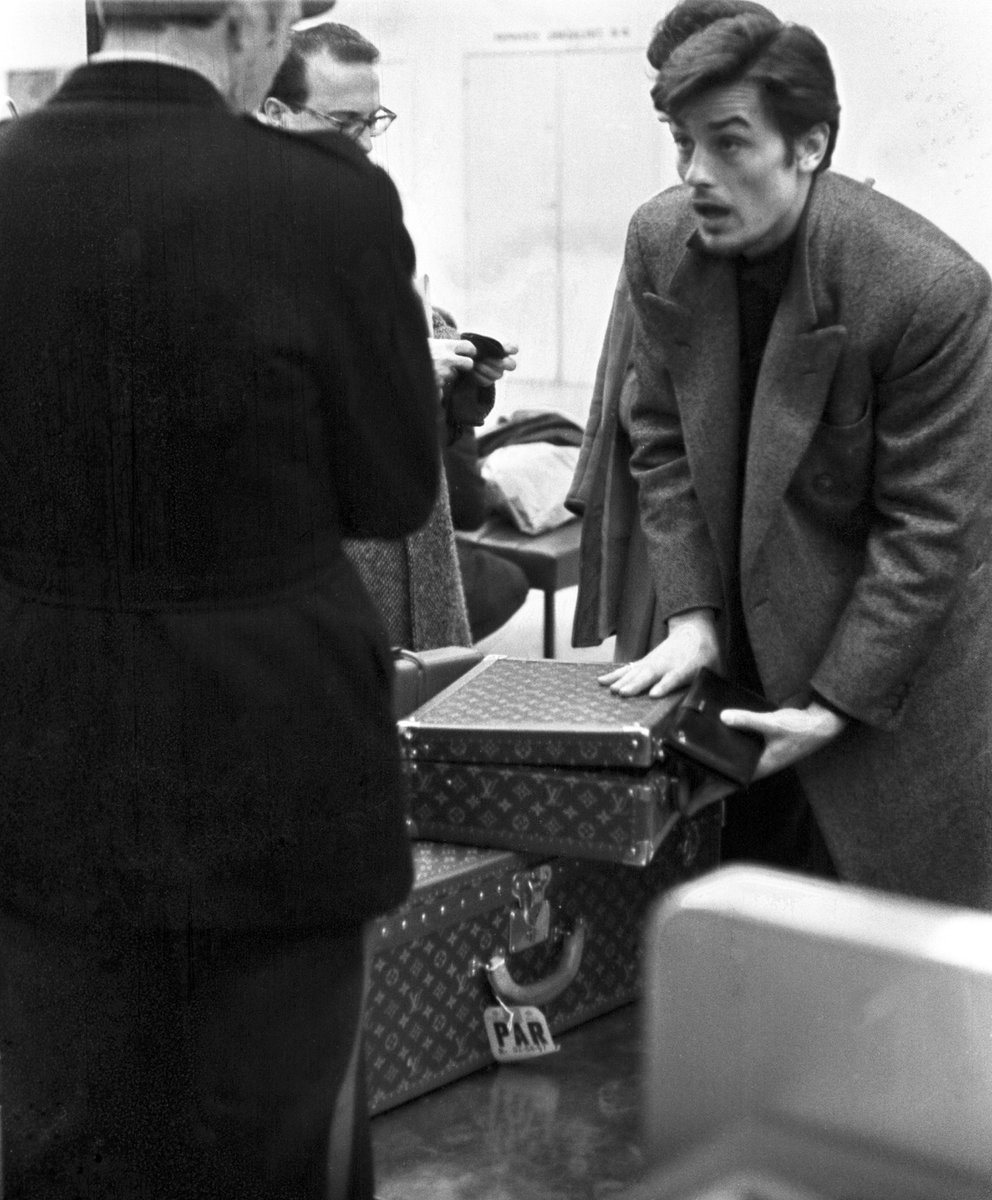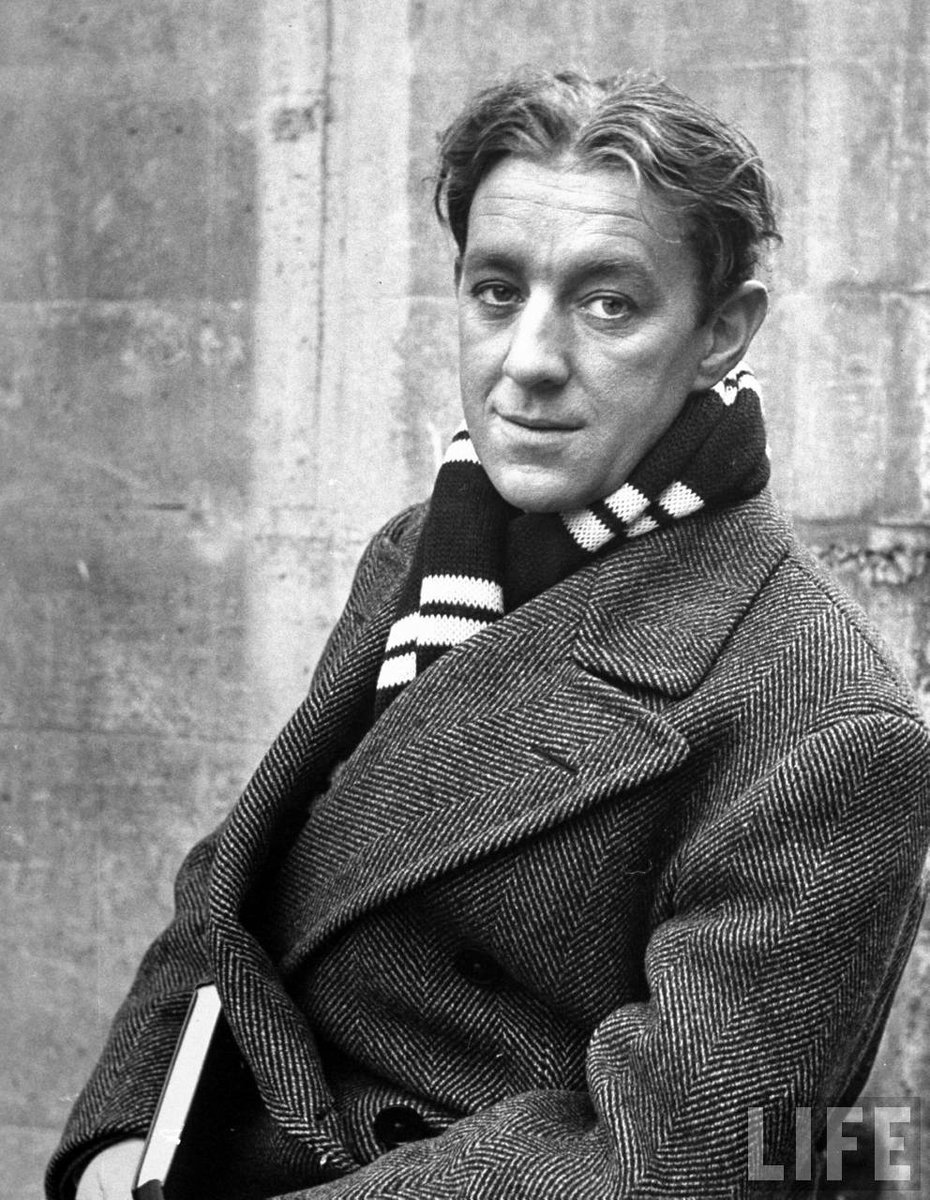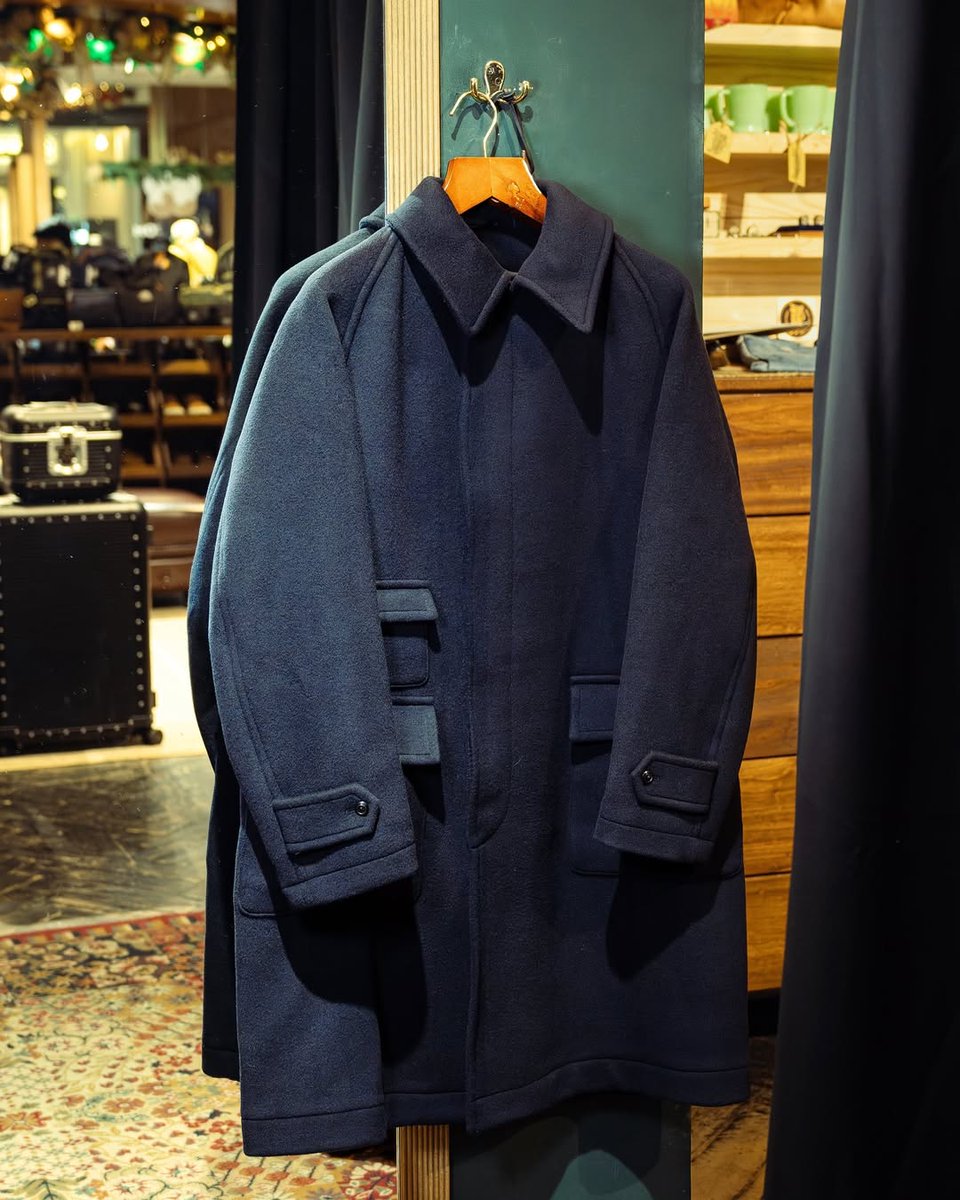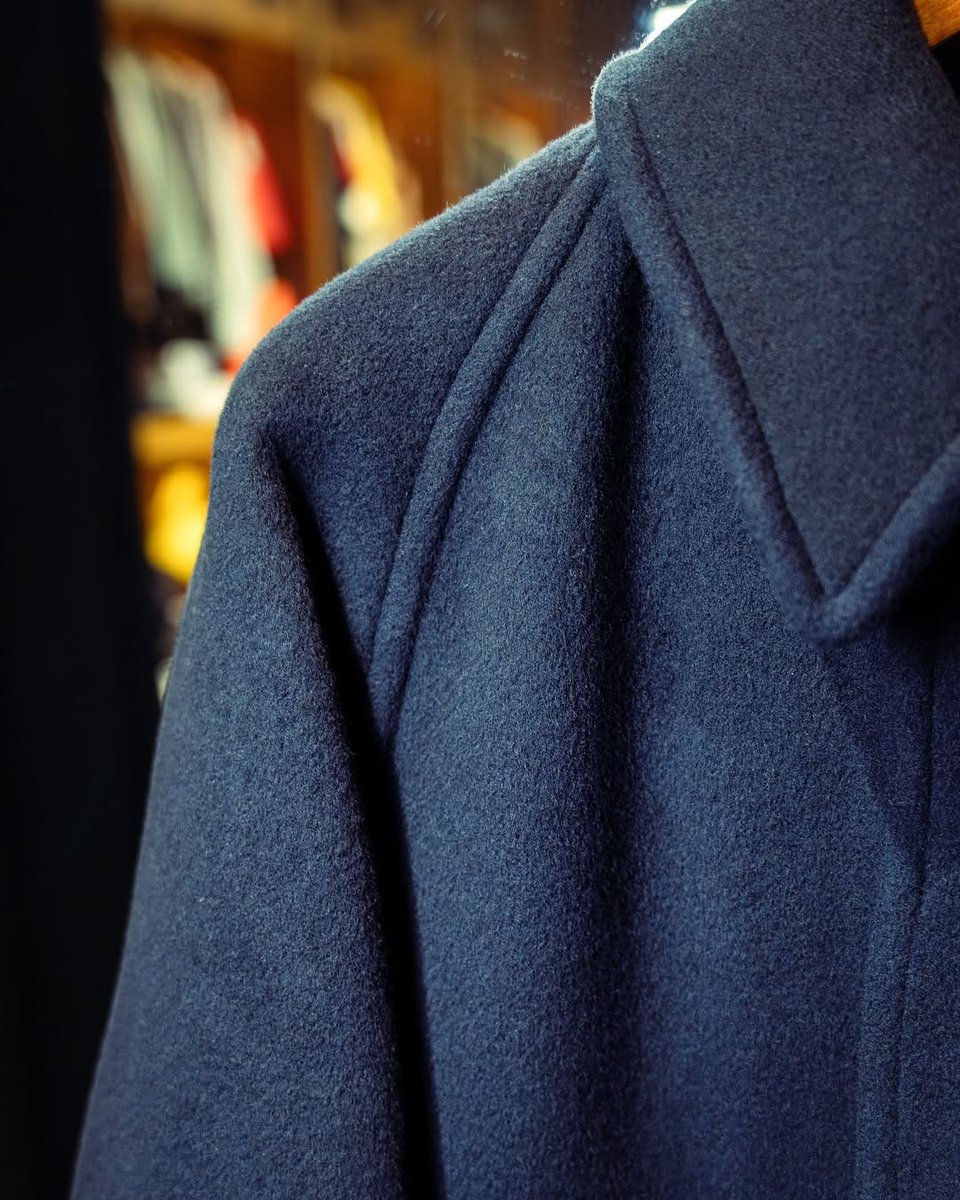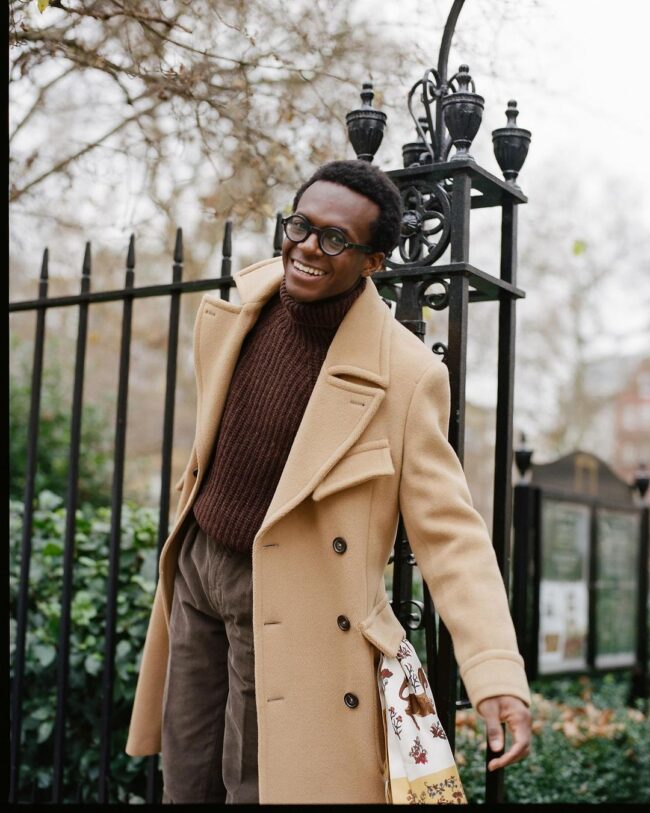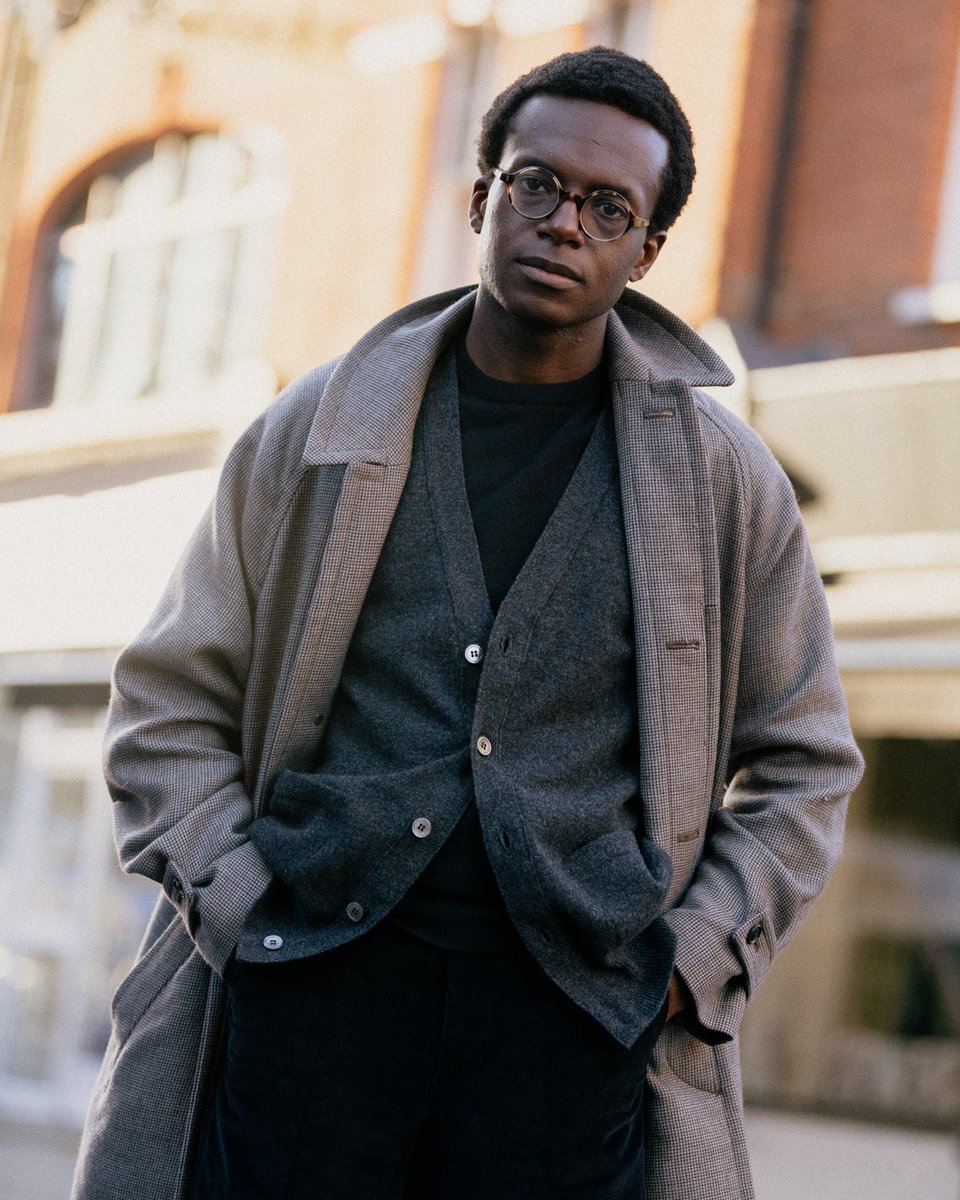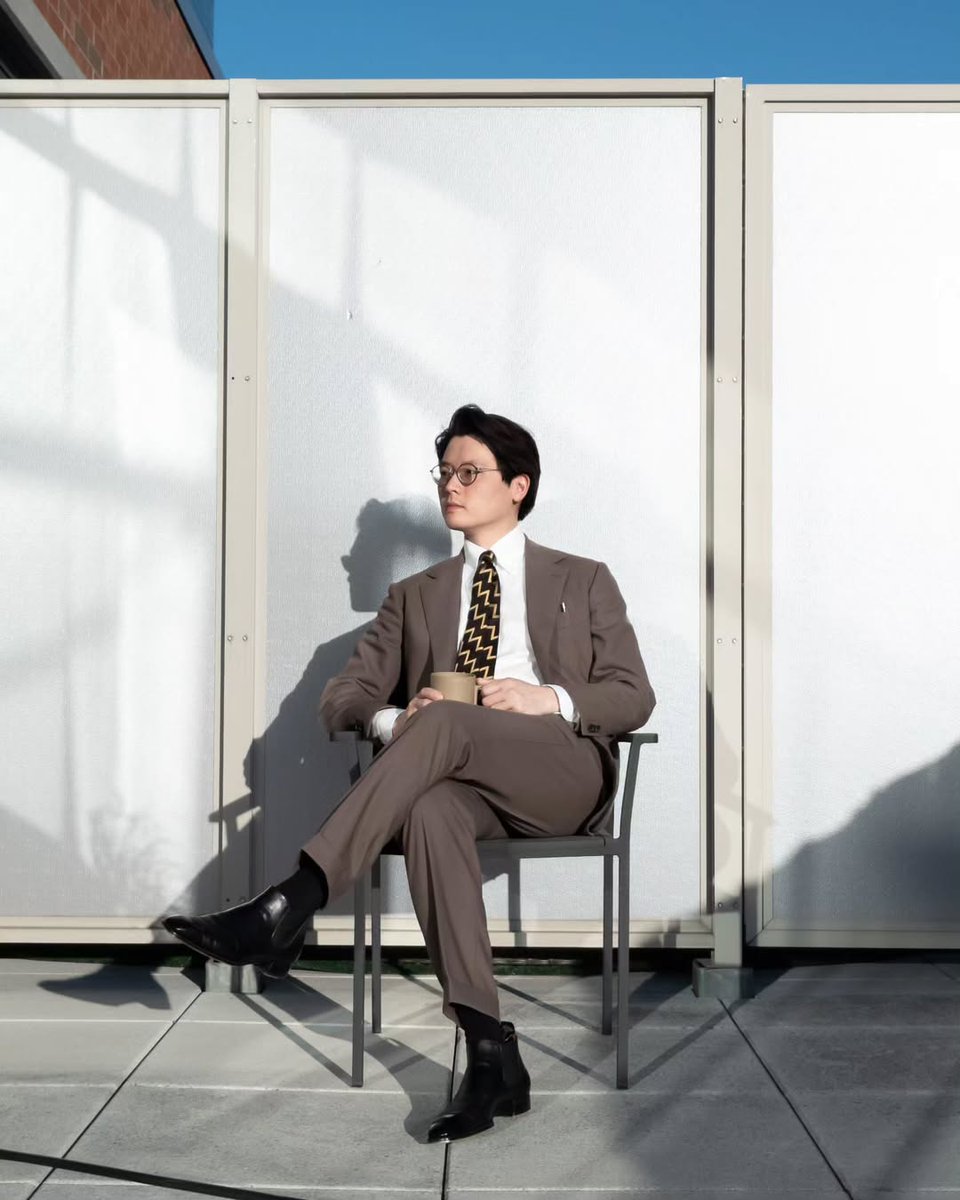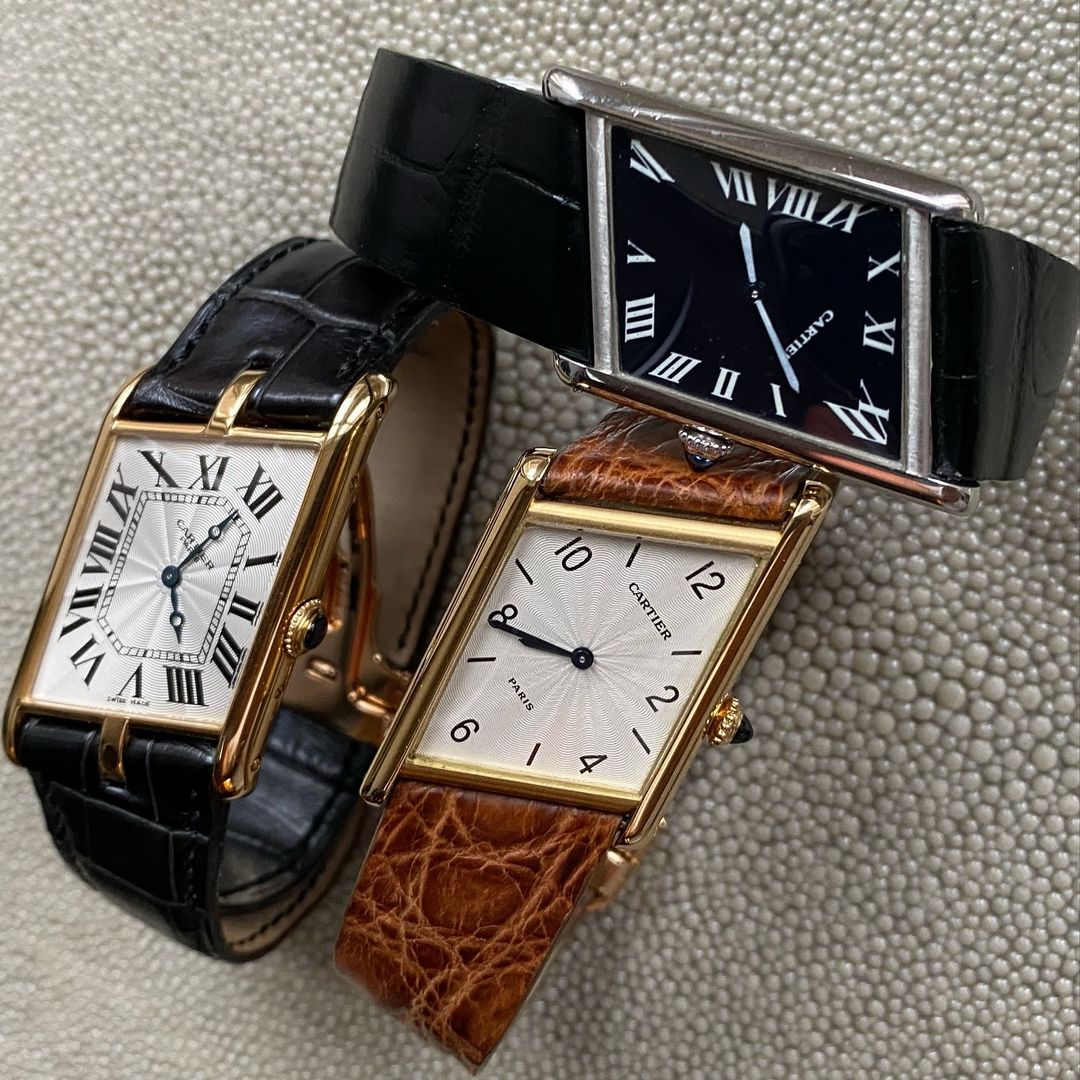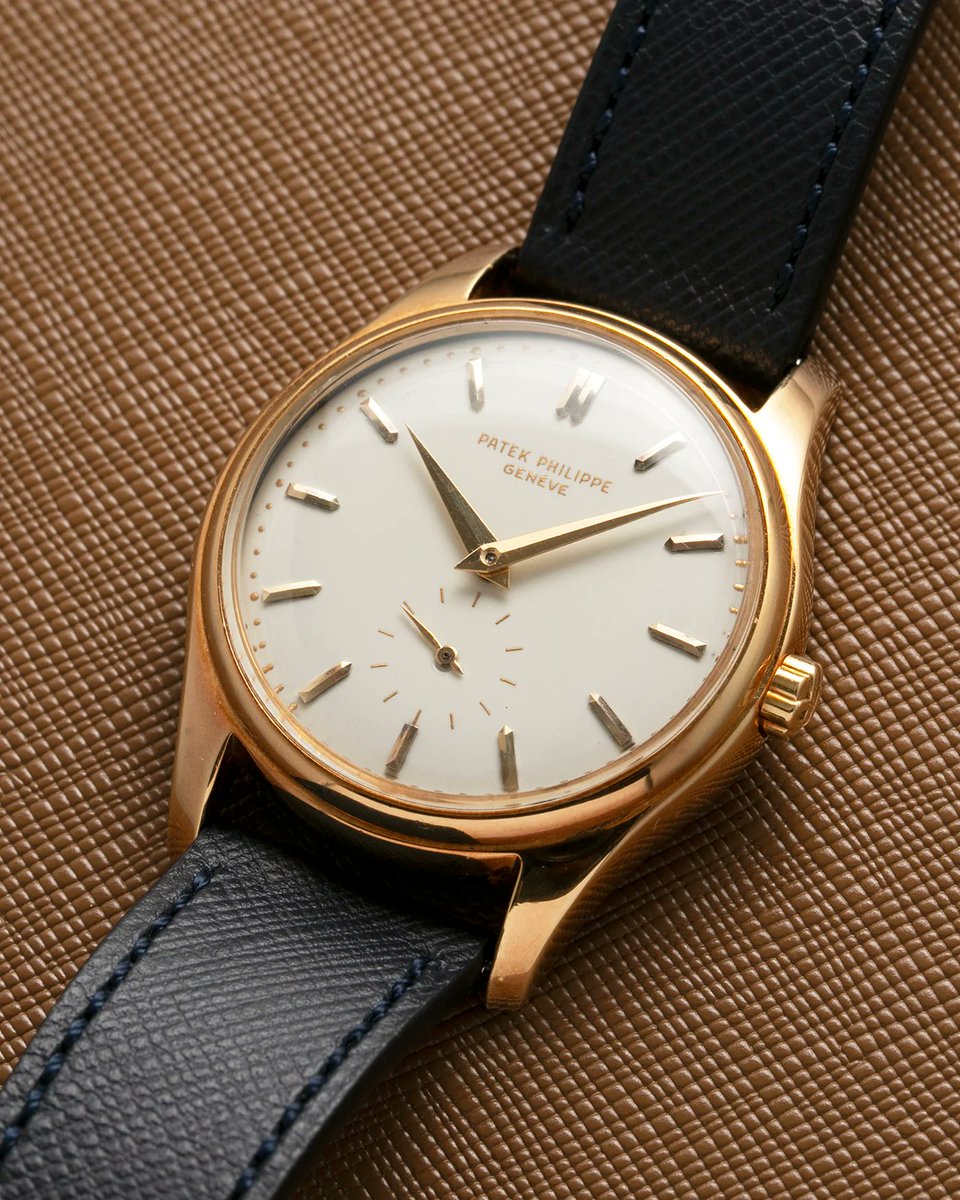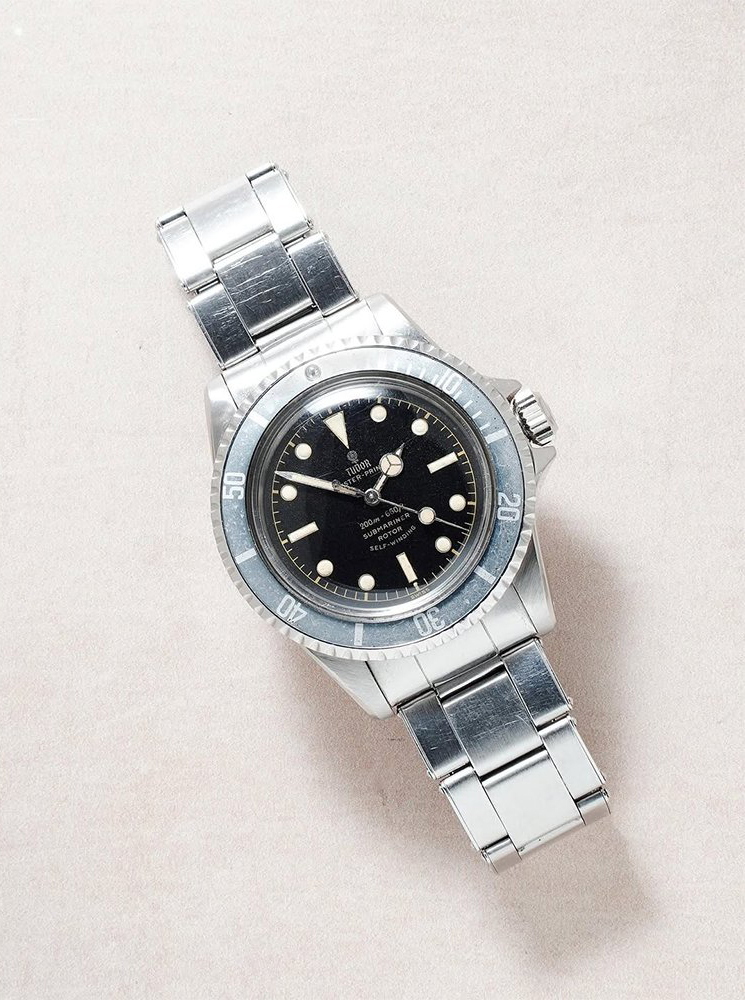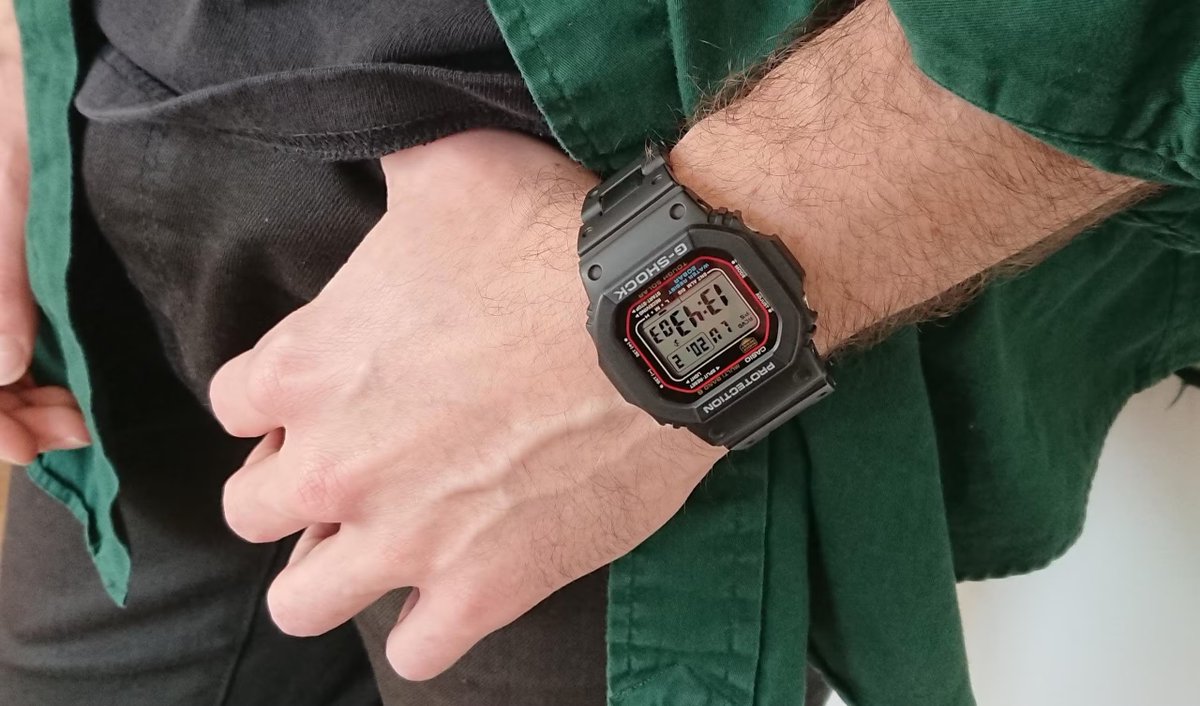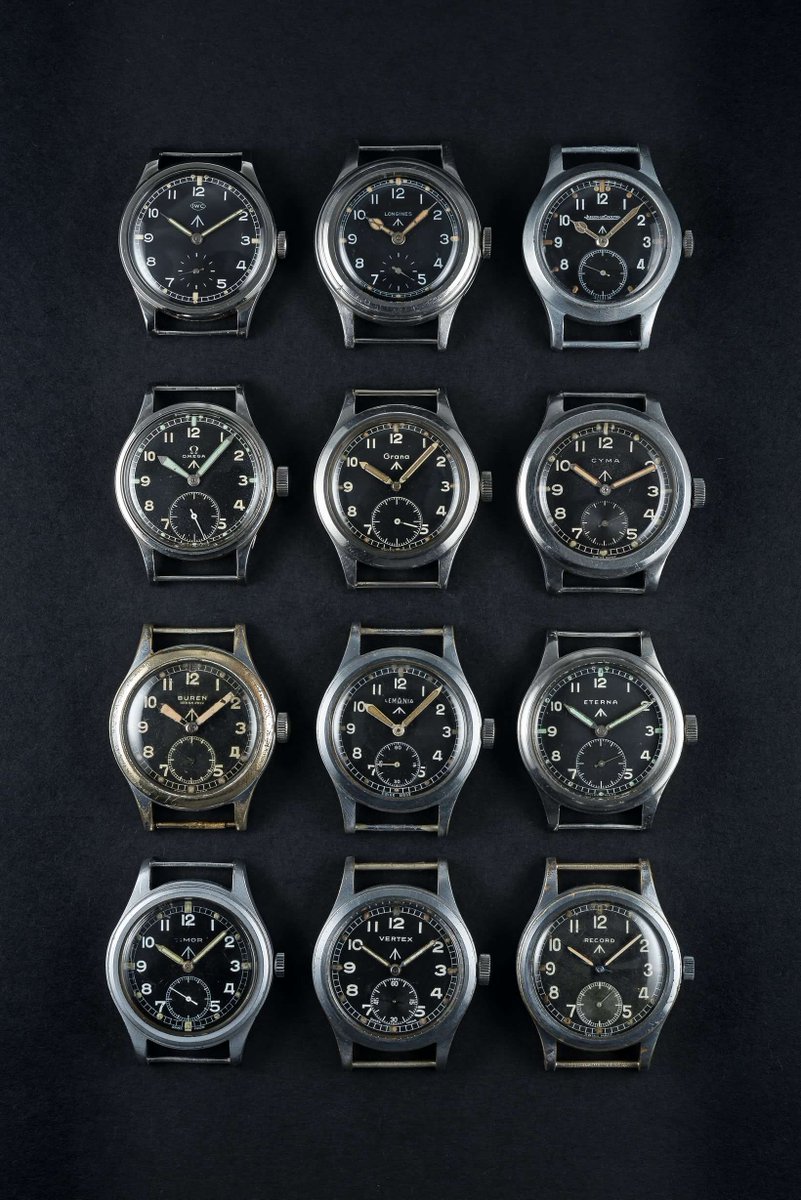I get this sort of comment a lot and it seems to stem from the presupposition that fashion images should be dominated by white men, and any deviation from this is some sort of woke DEI project. 🧵
https://twitter.com/trendnoticer/status/1856816843802951974
With rare exceptions, I've never considered someone's ethnicity when posting a photo of a good or bad outfit. One exception that comes to mind is when I was critiquing Steve Harvey's suggestion that you can wear suit jackets as sport coats.
Some suggested that this is Black culture. IMO, it's more of a generational divide, so I took the opportunity to highlight two Black men I think are exceptionally stylish and know the difference between suit jackets and sport coats.
https://x.com/dieworkwear/status/1852961430472962104
It's not surprising to me that, if you base it purely on merit, you will wind up with a lot of photos of well-dressed men who are not white. Even if we're just talking about tailoring. First, the majority of the world is non-white. Second, Asia has a great fashion scene.
For instance, Japan still has a lot of great independent print media, most of which is orientated towards hobbyists. For menswear, there's Popeye, 2nd, Go Out, Leon, Men’s Ex, Men’s Club, and many more. Here's one magazine dedicated to just classic shoes! 

Here's some photos from Men's Ex (very dangerous title, as one misplaced space and the meaning totally changes). This shows how a suit should fit. Does it look familiar? That's because it's very similar to the info I tweet here. Again, very orientated towards hobbyists. 







Here's one of my favorite publications, albeit now defunct. Free & Easy covered classic tailoring, Americana, and workwear. They really dug into the details. One spread got into like the tiny ways different military fatigues fit. Very nerdy stuff. 







American fashion media is different. It's relatively more focused on celebrities. Often, over half of each print publication is not even about clothes, but things like sports, movies, or music. Lots of lifestyle stuff. These Japanese magazines are only about menswear.
Along with better education, you also have a different market environment. One of my shoemakers is a Philadelphia transplant who now works as a bespoke shoemaker in Tokyo. He tells me that he's able to make bespoke shoes in Tokyo bc cost of living is lower than in NYC or San Fran 







Since Tokyo has walkable neighborhoods and low rent, he can afford to pursue his dream as a shoemaker. He doesn't need to sell hundreds of shoes per year to do this; he only needs to sell maybe a couple of dozen. Affordable rent is a big part of this equation! 







Japan has an incredibly rich fashion scene with many different aesthetics. And through geographical proximity, you see some Japanese influence in nearby countries such as China, South Korea, and Thailand. 







For example, here's MotivMfg, an independent design and production studio in Beijing that takes ideas from traditional menswear (often workwear) and reimagines them as futuristic pieces. 







Here's Rosen-X, which is designed by @the_rosenrot. The company is based in Shanghai and does what I would roughly describe as "futuristic unisex fashion." Gracia runs a blog (The Rosenrot) about avant-garde fashion, so you see many of these ideas in her designs. 







The same can be said of any number of countries or traditions. There are a lot of US brands right now using Indian workshops, which are full of craft skills such as hand block printing. Stoffa, Kardo, Karu Research, and Harago among them. 







In the US, even the most traditional aesthetic, such as what you'll find at Brooks Brothers or Ralph Lauren, was shaped by ethnic minorities. Traditional American style was formed by Jewish tailors and made cool by Black jazz musicians. 



It's not surprising to me that many Black men wear tailoring well because tailoring is still part of the Black church. And if you're serious about craft, you'll learn of Black tailors such as Andrew Ramroop and Oswald Boateng on Savile Row. 



I realize the OP is an explicitly racist account. But I am responding bc I often get this sort of comment (e.g., "why do you post so many photos of Asian people" or "you think you're slick by posting photos of Black men.")
IMO, if this looks strange to you, I think you should consider that there was once a DEI policy in the other direction (sometimes explicitly stated, such as the case of Abercrombie and Fitch, and sometimes implicit bias). 

Despite there being a more diverse set of stylish people (such as what Robert Frank captured in his book The Americans; pic 1), a lot of fashion content centered on a very specific group (often WASP; pic 2). 



In any case, with rare exceptions, I never consider someone's ethnicity when posting photos. You are simply too easily triggered. When I suggest how men can dress better, a section of Twitter replies with "I don't want to look gay." Only so much I can do. 🤷♂️ 

• • •
Missing some Tweet in this thread? You can try to
force a refresh


